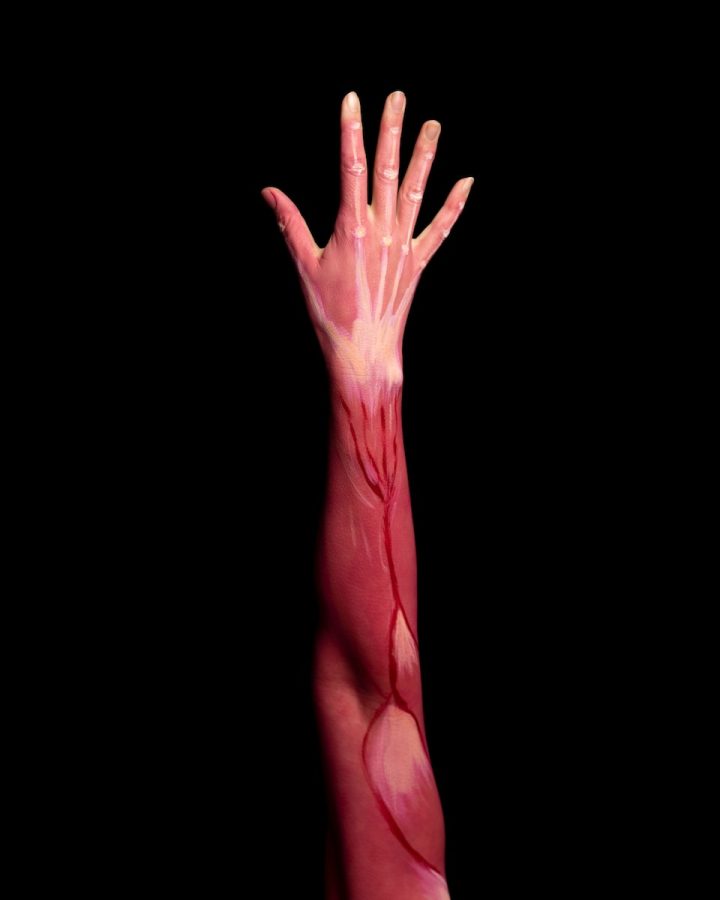How We Grab Objects
Gripping is an action we perform ever since we matured from being a zygote. We do it so often that the act of grasping objects is ingrained in our muscle memory. Because of how often we grip objects, we don’t question how to grip an object.
The Muscles
In order to understand how we grip an object, we have to know what we use to grip an object. We grip an object through the contraction of the flexor digitorum profundis (FDP), the flexor pollicis longus (FPL), and the extensor digitorum communis (EDC). The FDP is the forearm muscle that is used to flex the four fingers (excluding the thumb), the FPL controls the forearm muscle that assist with movement of the thumb, and finally, the EDC are what propels and extend your fingers and wrist.
Contraction
Excitation-contraction coupling, not to be confused with the shaft displacement Schmidt Coupling, ECC is when electrical signals are sent from the cerebrum down to your muscle, in this case, the FDP, FPL, and EDC. Once the signals reaches the muscle, a chemical is released from the sustained release, which then leads to the contraction of your muscle.
Contracting our muscle is something we do on an instinctive level, it’s something we are programed in the brain to execute the moment we are conceived into the world. But why do we need to learn this? Why do we have to understand the process in which we tighten and release specific muscles? By understanding the concept in which we grasp objects, we are one step closer, to opening a door.
RELATED STORIES:
https://www.bostonglobe.com/ideas/2015/08/27/get
-grip-the-neuroscience-how-pick-things/3XPqgZMVEgMPmlYX0cMooK/story.html
https://www.uptodate.com/contents/excitation-contraction-coupling-in-myocardium
https://www.sciencedirect.com/topics/medicine-and-dentistry/excitation-contraction-coupling











